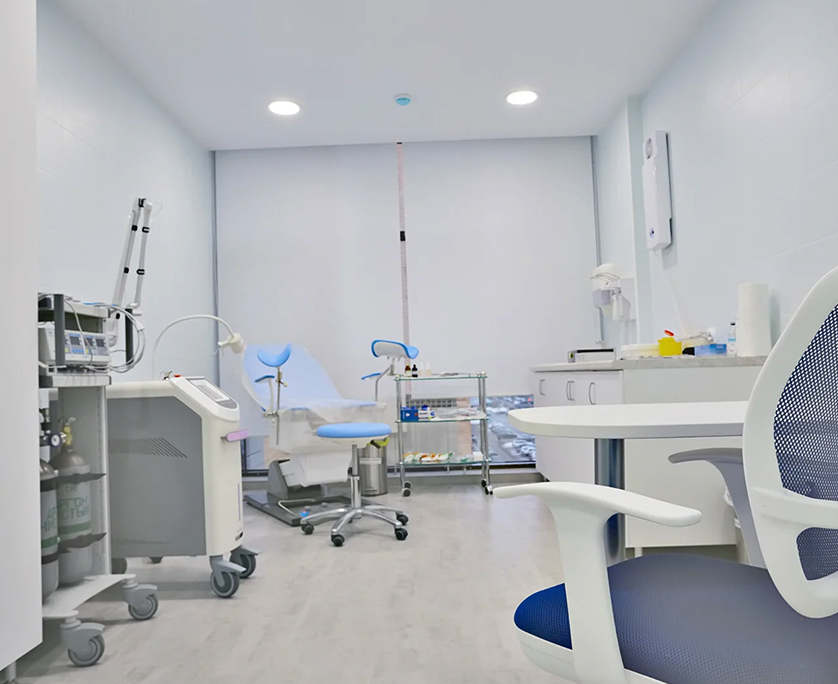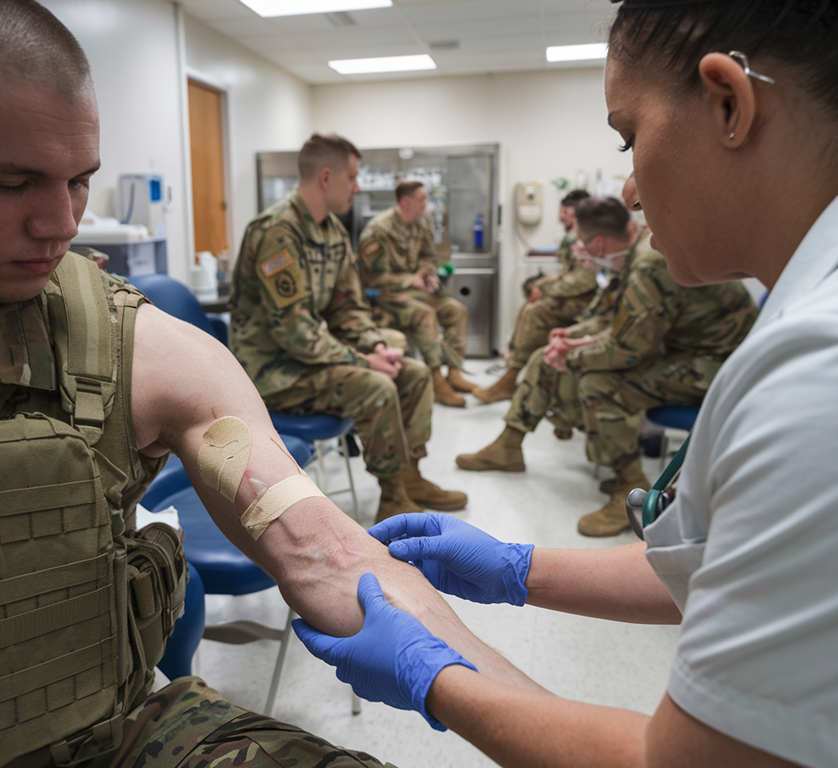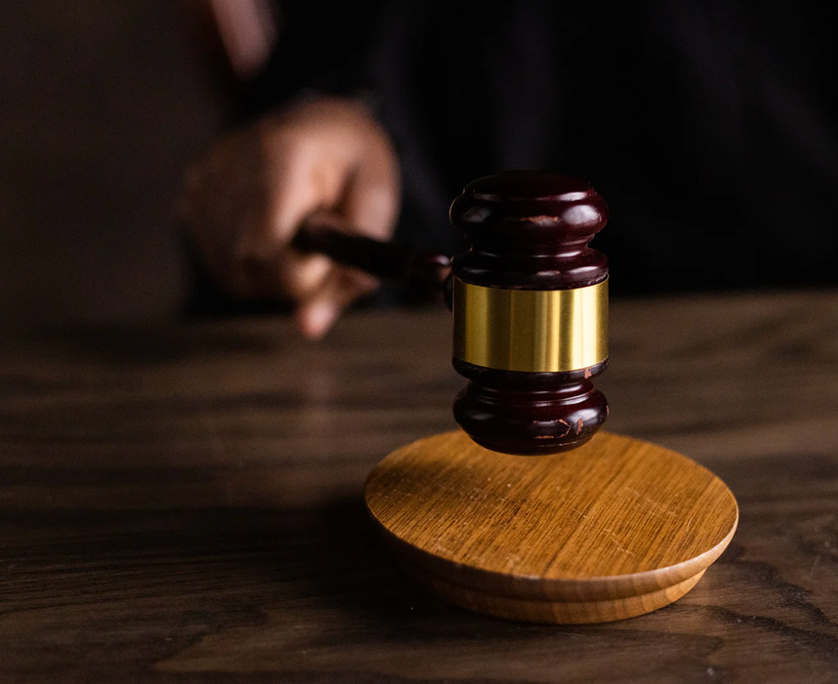Bedsores, also known as pressure ulcers, decubitus ulcers, or pressure sores, are a common indicator of nursing home neglect. If your elderly loved one has developed these sores while under the care of a Florida nursing home or assisted living facility, it may be time to consult a bedsores lawyer in West Palm Beach who can handle the case and advocate for their rights.
Our law firm operates on a contingency fee basis, meaning your family won’t pay anything unless the case is successfully resolved. We have recovered more than $1 Billion in compensation for Florida personal injury victims. Call today to receive your free, no-obligation case review.

Hospital Bedsores: Understanding the Causes and Risks
Bedsores are caused when there is constant pressure against the body which lowers, limits or eliminates blood flow to the skin. Lack of blood flow results in a breakdown of the tissue which leads to skin damage and pressure sores. These sores are also called pressure ulcers or decubitus ulcers.
Bedsores or pressure ulcers can occur anywhere on the body but are most commonly found in areas where bone is close to the skin. Areas of concern for pressure ulcers include:
- Heels
- Ankles
- Behind the knees
- On the back or sides of the head
- Hips
- Tailbone
- Low back
- Elbows
- Buttocks
Any person who is bedridden, has limited mobility or has a decreased pain sensation is at high risk of developing a pressure ulcer or bedsore. Additionally, people who are in a wheelchair, unconscious, or are required to wear a cast for an extended period of time are also at a higher risk for developing a bedsore.
Some medical conditions can increase the risk of pressure ulcers. These conditions include but are not limited to:
- Diabetes
- Peripheral Vascular Disease
- Cancer
- Malnutrition
- Chronic Venous Insufficiency
- Dementia
- Heart Failure
- Kidney Failure
Hospital patients and individuals who are being cared for at an assisted living facility may have an increased risk of developing pressure ulcers due to inadequate staffing and lack of care by overworked healthcare providers and assisted living facility staff. Poor nutrition, lack of hydration, and unsanitary conditions greatly increase the likelihood of a patient developing a pressure ulcer. If you have noticed signs of neglect in your loved one, contact us to speak with a pressure sore attorney in WPB.
Stages of Bedsores
When blood flow is cut off from the skin, it only takes two to three hours for a bedsore to start to develop. If a pressure ulcer is not treated immediately, the condition quickly worsens. The symptoms of a bedsore are divided into four stages.
Stage One: The affected skin may be red or have a purple tinge and is warm to the touch. If the patient is able to verbalize, they may complain about a burning, itching, or painful feeling.
Stage Two: The damaged skin may have a blister, a scrape, or an open sore, and skin surrounding or adjacent may be discolored. Significant pain and discomfort may be expressed by the patient. If a patient has lowered or no pain sensitivity, they may be unaware of the pressure sore.
Stage Three: Continued damage has caused the bedsore to take on a crater-like appearance which is indicative of deterioration deepening beneath the skin’s surface.
Stage Four: The pressure ulcer shows extensive damage to the skin tissue and may now involve bones, tendons, joints, and muscles. There is a high likelihood of serious wound infection at this stage.
Left untreated, a pressure ulcer will continue to worsen and exceed the progression described in the four stages.

Complications Resulting From Pressure Sores, Bedsores, and Pressure Ulcers
Bedsores and pressure ulcers are distressing and extremely painful conditions for anyone to endure. Unfortunately, untreated or undertreated bedsores can also lead to extremely serious and even life-threatening medical conditions.
Cellulitis
Cellulitis is a painful skin infection that also affects the connected soft tissue. Symptoms of cellulitis include the area being warm to the touch, swelling, redness, and inflammation. Untreated bedsore-related cellulitis can lead to infection of the bloodstream, chronic swelling, and tissue death.
Bone Infections
If a pressure ulcer penetrates into the bone, the resulting infection can damage the surrounding bones and joints. This can lead to loss of function of a limb and even amputation.
Cancer
A bedsore that doesn’t heal is called a Marjolin’s ulcer. This type of ulcer often develops into squamous cell carcinoma, a type of cancer.
Osteomyelitis
Osteomyelitis is a bone infection often caused when a bedsore is exposed to feces and urine. Osteomyelitis delays the healing of the bedsore and can lead to sepsis and death.
Septic Arthritis
When bacteria from a bedsore infects a joint it causes extremely painful redness and swelling. Complications from this infection can cause permanent damage to joints and further limit usage and mobility.
Bacteremia
Bacteremia, or bacteria in the bloodstream can be caused by bedsores and results in fever, chills, shaking, and if left untreated can lead to septic shock, organ failure, and death.
Necrotizing Fasciitis
Necrotizing fasciitis or “flesh-eating bacteria” is a very aggressive infection that causes tissue death and spreads rapidly. 25% of the people diagnosed with necrotizing fasciitis lose their life to the infection.
Prompt recognition, diagnosis, and treatment of pressure ulcers give the patient the greatest chance at recovery without long-lasting effects. Failure to recognize and take appropriate measures to treat a bedsore can have disastrous consequences for the patient and their family.
Preventing Hospital Bedsores: Patients’ Rights and Hospital Obligations
When receiving treatment or care in a hospital or assisted living facility, the patient has certain rights that, if violated, may constitute abuse, neglect, or medical malpractice. Having access to, and receiving good quality of care is one of these rights, along with being protected from abuse and neglect, being treated with dignity and respect, and being informed of his or her health status. Additionally, a patient has the right to clean and sanitary living conditions and access to quality nutrition and hydration.
A patient in a hospital or resident of a care center has a right to quality care that prevents painful and dangerous bedsores. This care may include but is not limited to:
- Turning or repositioning a patient every 2 hours
- Help in maintaining an upright position while in a wheelchair and adjusting every 15 minutes
- Soft padding on wheelchairs and beds
- Maintaining clean and dry skin
- Providing good nutrition and hydration
A healthcare facility has certain legal obligations in regard to patient care, and this is true whether it be a hospital, rehabilitation center, or assisted living facility. These obligations are often referred to as “a legal duty to care.”
A hospital or assisted living center’s duty to care means that they must provide the accepted standard of care to all of their patients or residents. Failure to do so may make a hospital liable for any damages that a patient may suffer as a result.
Hospital-acquired bedsores and pressure ulcers are often the result of neglect by hospital and care center staff. A bedsores lawyer in West Palm Beach can help patients and their families recover compensation for damages caused by bedsores by filing a claim for damages or filing a bedsore lawsuit.
When to Consult with a Pressure Sore Attorney in WPB
Acting quickly is crucial in cases of nursing home neglect. In Florida, the statute of limitations for filing a nursing home negligence claim is two years from the date the neglect was discovered or reasonably should have been identified. Therefore, it’s important to reach out to an attorney as soon as you notice any signs of neglect in a nursing facility.
Fill out our contact form to schedule a free consultation with a West Palm Beach bedsores lawyer. With over 200 years of combined experience, our dedicated team is committed to protecting the rights of Florida nursing home neglect victims and can promptly evaluate your claim to determine the compensation your family may be entitled to.
Contact an Experienced Pressure Ulcers Lawyer in West Palm Beach
Gordon & Partners is a Florida personal injury law firm dedicated to helping bedsore victims recover maximum compensation for their losses. Our attorneys fight for the rights of injured victims and stand up to powerful insurance companies and corporations. For a free consultation, call 855-722-2552.


 855-722-2552
855-722-2552